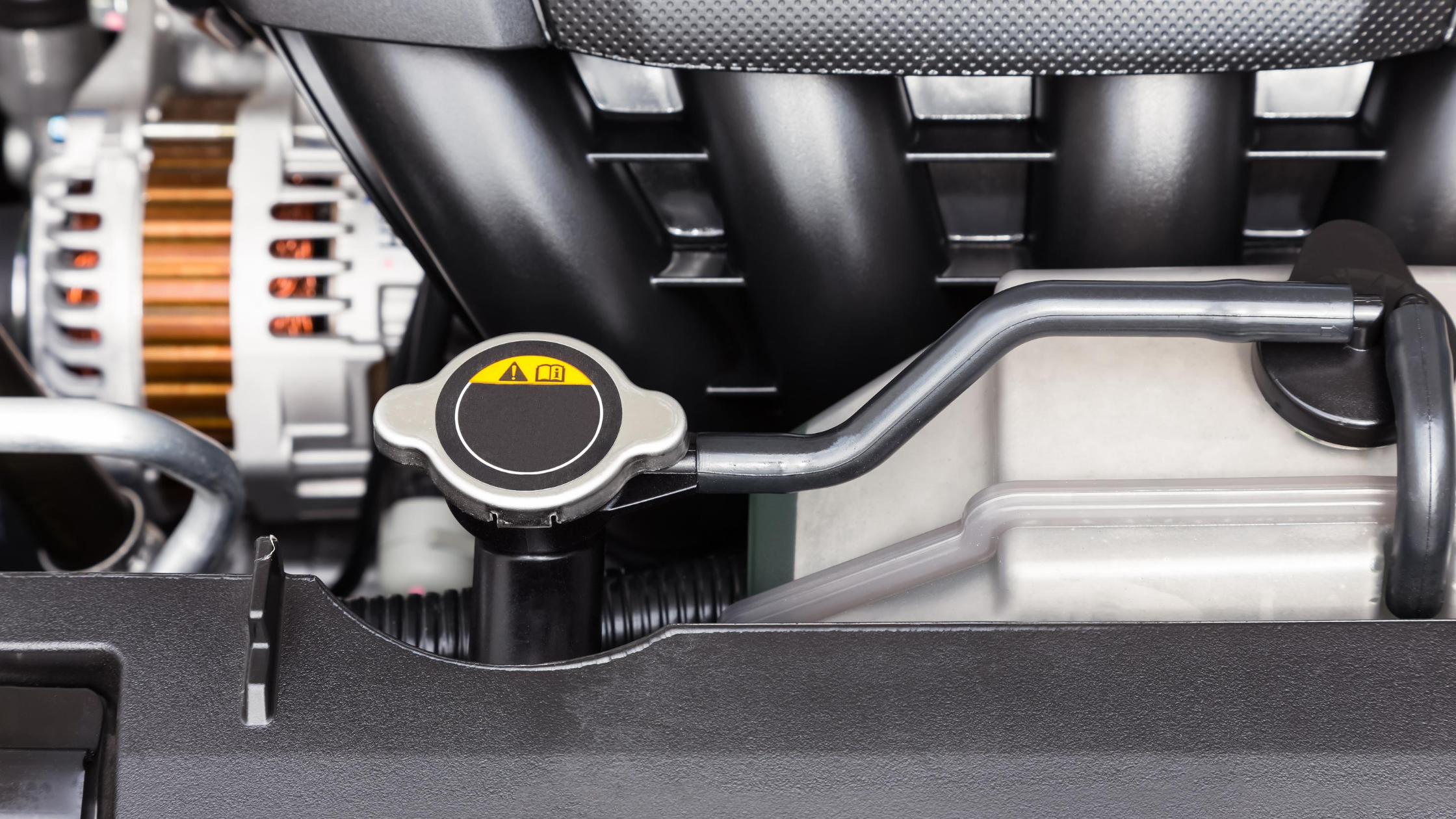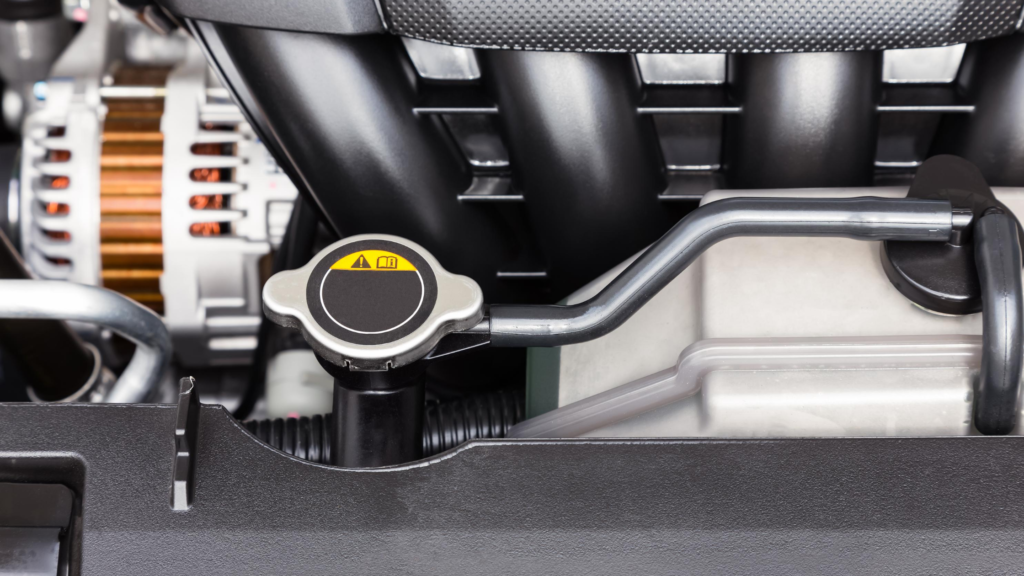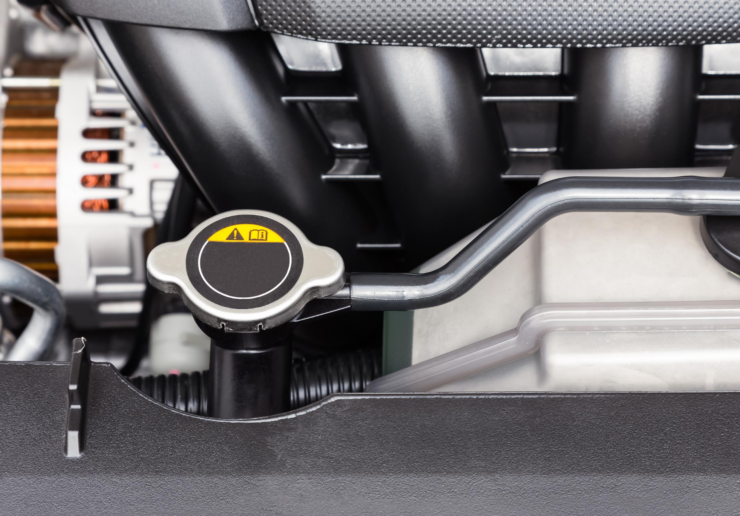
Aluminum ore is the most abundant metal element in the Earth’s crust. It is converted from bauxite, a sedimentary rock that is comprised of a number of aluminum and other compounds. While aluminum has become invaluable to a range of industries, it is not easy to access and undergoes a complex conversion process before becoming the lightweight metal that we rely on every day.
More than that, it is not pure aluminum that is most commonly used in manufacturing, but aluminum alloy. Aluminum alloys are preferred for their superior properties over pure aluminum, achieved by adding metallic elements like magnesium, zinc, and copper to the aluminum base.
Kloeckner Metals is a full-line aluminum supplier and service center. Download our aluminum spec sheet and check what Kloeckner Metals routinely stocks.
There are so many aluminum alloys that the Aluminum Association developed a four-digit classification based on both their alloying elements and their characteristics to keep them organized. Aluminum 3003, part of the 3xxx alloy series, is not just a common alloy. It is among the most common of aluminum alloys in the 3xxx series and among all alloys and is considered one of the best general-purpose aluminum alloys around. Why is that?
| Alloy | Si | Fe | Cu | Mn | Mg | Cr | Zn | Ti |
| 3003 | 0. | 0.7 | 0.05- | 1.0 | 0.0 | 0.0 | 0.1 | 0.0< |
The alloy gets a 20% boost in strength beyond 1100 grade aluminum, otherwise known as pure aluminum, thanks to the addition of Manganese and Copper. While the increase in strength is beneficial, aluminum 3003 is generally considered moderate strength compared to other aluminum tempers and metals. When it comes to formability, however, its strength turns out to be an asset.
| Strength (KSI) | Elongation % in 2 In. | ||||
| Alloy & Temper | Ultimate Min. – Max. (KSI) | Yield Set 0.2% | 1/16” Thick | ½” Dia. | Brinell Hardness |
| 3003-0 | 14 – 19 | 6 | 30% | 40 | 28 |
| 3003-H12 | 17 – 23 | 18 | 10% | 20 | 35 |
| 3003-H14 | 20 – 26 | 21 | 8 | 16 | 40 |
| 3003-H16 | 24 – 30 | 25 | 5% | 14 | 47 |
| 3003-H18 | 27 – – | 27 | 4% | 10 | 55 |
In addition to its moderate strength, aluminum 3003 is easily welded and brazed. It has excellent corrosion resistance, workability, and it may be deep drawn or spun.
| Resistance to Corrosion | Weldability | |||||||
| Alloy | General | Stress-Corrosion Cracking | Workability (Cold) | Machinability | Brazeability | Gas | Arc | Resistance Spot & Seam |
| 3003-0 | A | A | A | E | A | A | A | B |
| 3003-H14 | A | A | B | D | A | A | A | A |
Ratings A through E are ratings that are relative in decreasing order of merit. They are based on exposures to sodium chloride solution by immersion or intermittent spraying. You can use alloys in industrial and seacoast atmosphere without protection if they have ratings of A or B. You should protect alloys, at least on surfaces with joints, if they have C, D, or E ratings. This data was pulled from the 2013 Aluminum Standards & Data. For more information, please refer to documentation by the Aluminum Association
Aluminum 3003 is a “wrought” alloy because it is comprised of less than 4% alloying elements. This is in comparison to “cast” alloys that contain up to 22% alloying elements. There are two kinds of wrought alloys, heat-treated or work-hardened. 3003, like the other 3xxx alloys, as well as 5052, another common alloy that can sometimes be used interchangeably with 3003, is work-hardened. As a work-hardened alloy, aluminum 3003 is also frequently described as non-heat-treatable. Work hardening uses mechanical deformation like rolling or hammering to change to the structure of the metal to be stronger and less ductile.
3003 aluminum is readily welded with conventional methods. The filler rod is typically aluminum 1100. When welding 3003 to other aluminum alloys, such as 5052, 6061, or 6062, the filler rod should be 4043 aluminum.
One of the most beneficial properties of aluminum is its formability. Bending is one of the main ways to form metal and bending aluminum is both useful and cost-effective. Some aluminum alloys are more suited to bending than others. Bending depends upon a few factors, including formability, thickness and bend radius, and percentage of elongation. When considering all three, 3003 aluminum is an excellent, arguably the best among other alloyed grades, candidate for bending. Between moderate strength, good cold workability, and high elongation, it offers one of the biggest differences between yield and tensile strength, making it suitable for bending.
| Property | 3003 Data |
| Density, lb/in3 | 0.099 |
| Modulus of Elasticity, psi | 10.0 x 106 |
| Coefficient of Thermal Expansion, 68-212˚F, /˚F | 12.9 x 10-6 |
| Thermal Conductivity, Btu/ft hr ˚F | 112 |
| Specific Heat, Btu/lb ˚F | 0.213 |
| Electrical Resistivity, Microohm-in | 1.374 |
In general, you will find aluminum 3003 in settings that require both moderate strength and good weldability. Because it is so widely used, it is called a general-use alloy.

Depending on availability and market conditions, 3003 is generally slightly cheaper on a per pound basis than similar alloys like 5052. However, the higher density of 3003 may cancel out the lower price. To calculate the weights of aluminum sheet, you would use the following formula:
3003 aluminum has a density of .099 pounds/inch cubed and 5052 has a density of .097 pounds/inch cubed. So, for example, to calculate the weight of 3003 aluminum sheet with a decimal thickness of .125 and non-standard dimensions of 48” and 82”, you would multiple .125 * 48 * 82 * .099, for a value of 48.71lb.
You can already see how the higher density of .099 may offset the higher cost of aluminum alloy 5052. In this case, the 5052 sheets would be 47.72lb. Of course, the larger the purchase, the larger the impact of the difference in density will be. 3003 can also be purchased as coil, but in that situation, it would normally be sold to scale weight.
We frequently get this question and we answered it at length in a separate blog post on the difference between 5052 & 3003 aluminum. In general, 3003 is fairly soft and has good corrosion resistance, good drawing, good workability, moderate strength, and is weldable, while 5052 is stronger and has better corrosion resistance, good drawing, good formability, higher strength, and is also weldable. Both are also non-heat-treatable. But, for all the differences, 3003 and 5052 are interchangeable in many applications and, after you factor in their difference in density, the cost can be very similar.
Kloeckner Metals is a full-line aluminum supplier and service center. Kloeckner Metals combines a national footprint with the latest fabrication and processing technologies and most innovative customer service solutions.

Steel base plates are fundamental elements employed in various manufacturing...
Metal fabrication is a critical process that transforms raw metal...
The solar industry has undergone a significant transformation by incorporating...

X
The Kloeckner Metals website uses modern technologies. Unfortunately, your browser doesn't support those technologies.
Download the latest version of one of these browsers to experience the site: